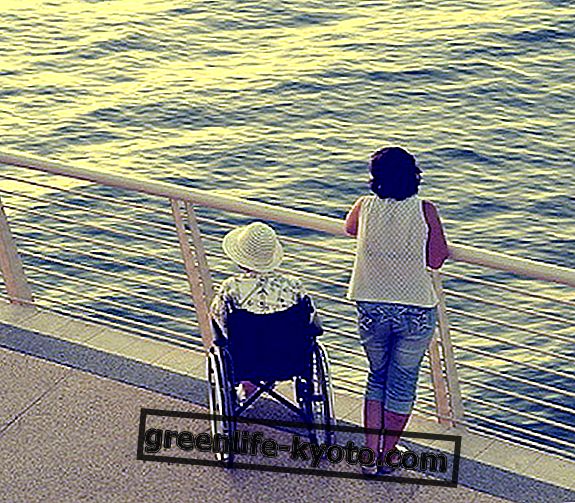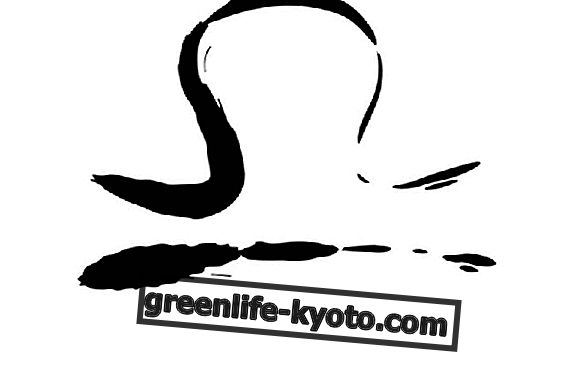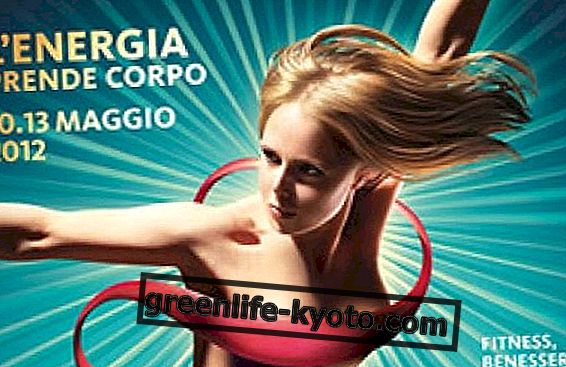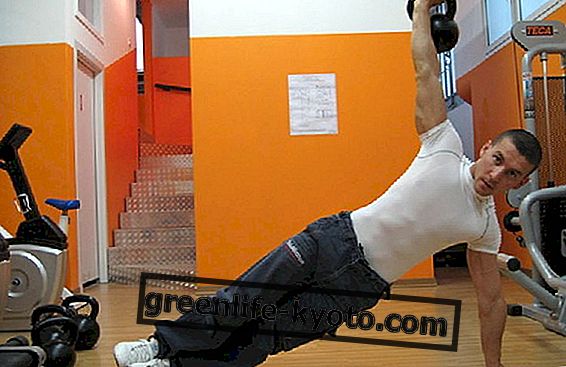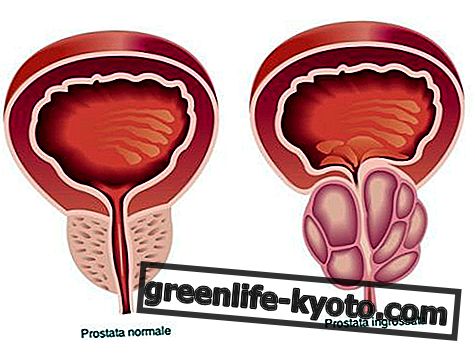
Of all the many forms of existing yoga, hatha yoga and raja yoga are undoubtedly the most practiced in the West. While both accepting the use of asanas and pranayamas differently, the raja yoga practitioner puts all his attention on the mind and its mechanisms, while the practitioners of hatha yoga consecrate their own on the physical body and prana, raising them to keys of time of the whole yoga.
Following this evolutionary line that places the greatest emphasis on the mechanisms of the body and prana that moves it, hatha yoga has developed an enormous number of asanas or body postures, through which it is possible to master prana and therefore all vital functions, up to commanding to want health and longevity. It is known that a hatha yogi realized is able to choose the moment of his passing.
The elements of dynamic yoga
There are various schools of hatha yoga which over the centuries have been differentiated by principles, means and purposes and, at a more superficial and inexperienced look, the existence of two strands seems evident: the first based on the execution of a sequence of fixed asanas, the other on the execution of the same with a dynamic transition .
They are called so those techniques that in yogic literature have the name of ashtanga yoga and vinyasa yoga. Today both are practiced, both in pure form and in a sort of mix, under the name, precisely, of dynamic yoga .
Ashtanga yoga and dynamic yoga
Ashtanga yoga, a pillar of dynamic yoga, is both recent and ancient : it is based on the ancient texts of Patanjali but at the same time it can be said that its codification dates back to the 40s and 50s of the twentieth century.
As the name implies, it is based on eight pillars (literally meaning "eight branches" or "eight limbs") typical of Patanjali's yoga: purity, ethical conduct, isolation, concentration, meditation, samadhi and, the most practiced in modern versions, asana and pranayama .
The yoga of flowing
In the vinyasa version, the practice acquires a fundamental characteristic, fluidity, which is applied both in breathing and in the passage from position to position.
We therefore have a sequence of phases of the breath (inhalation, full apnea, expiration, free apnea) not rigid and schematized, but gentle in its regularity, as well as the passage between one type of pranayama breathing to another.
The same goes for the transaction from one asana to another, giving the practice a dynamic sense absent in the most classic hatha yoga. Paradoxically it seems that the mind and the sense of self can disappear in the movement as well as in the stasis of the single asana, often able to generate for the minds unprepared a sort of "deafening silence" in which even small thoughts acquire redundancy.
We therefore experience what in psychology is called flow, or a state of consciousness of complete immersion in the moment . Seen from the outside, everything can look a lot like a sort of choreography or gymnastics.
The role of the body in dynamic yoga
While in classic hatha yoga, in raja yoga and in some forms of ashtanga yoga, it is decided to relax and minimize the functions of the body to concentrate all consciousness on prana and on the mind, withdrawing it from the senses, in dynamic yoga and many of its modern drifts philosophy is instead to stimulate the body to bring the awareness of the ego into the fluid movements of the muscles and into the rhythm of breathing .
So here we have a difference not only of methodology but also of purpose, it is no longer a question of a yoga that seeks a form of liberation of consciousness from the body, but a refinement of the body and its vital functions, with a sort of identification rather than a disidentification.
